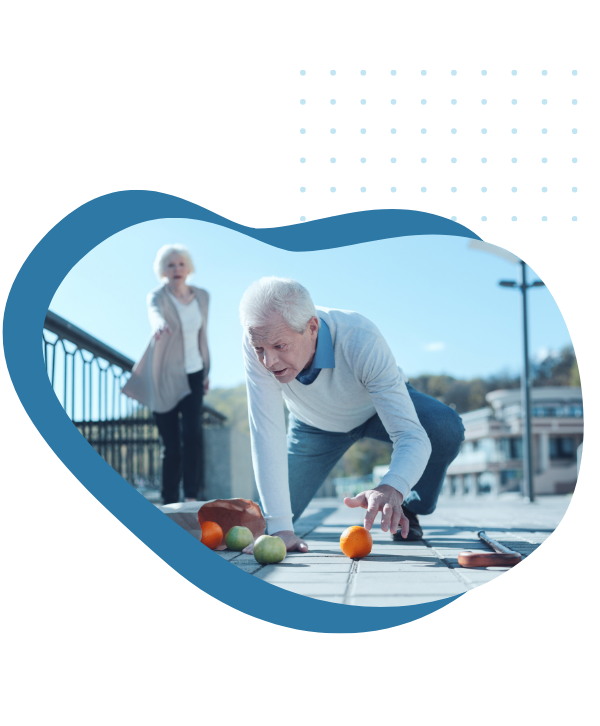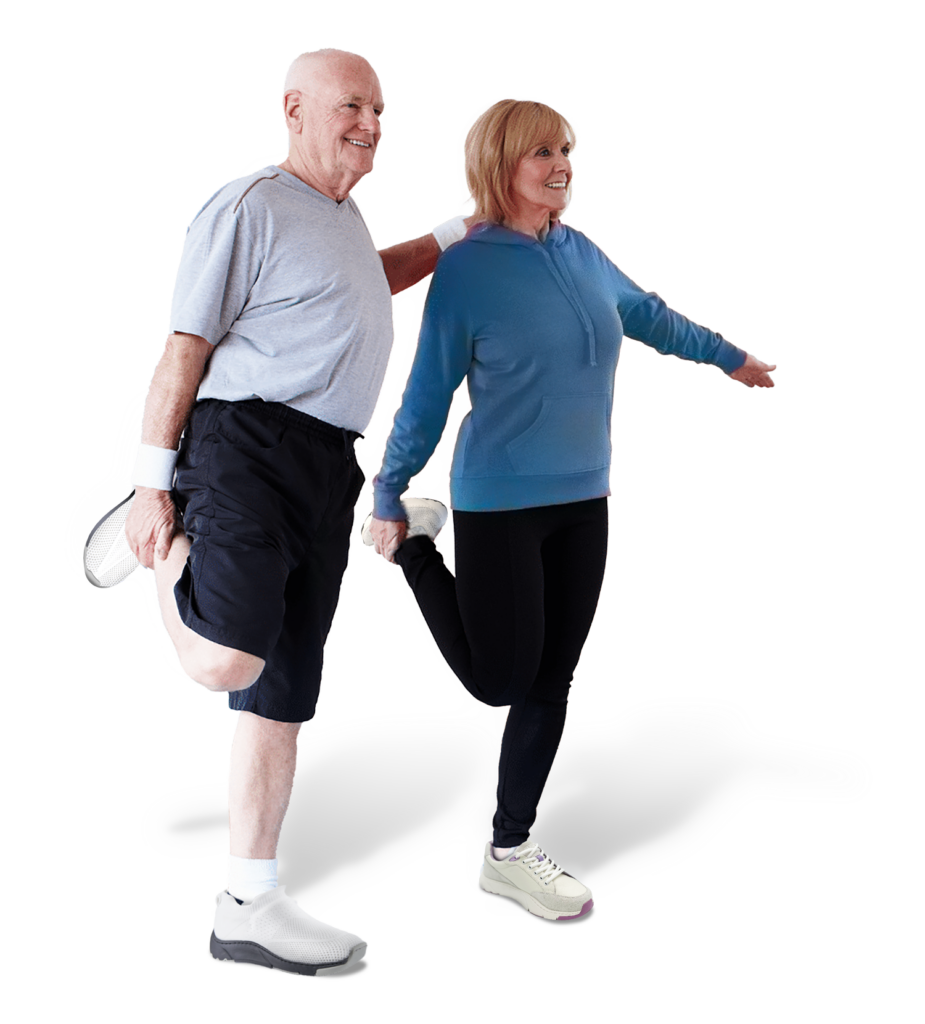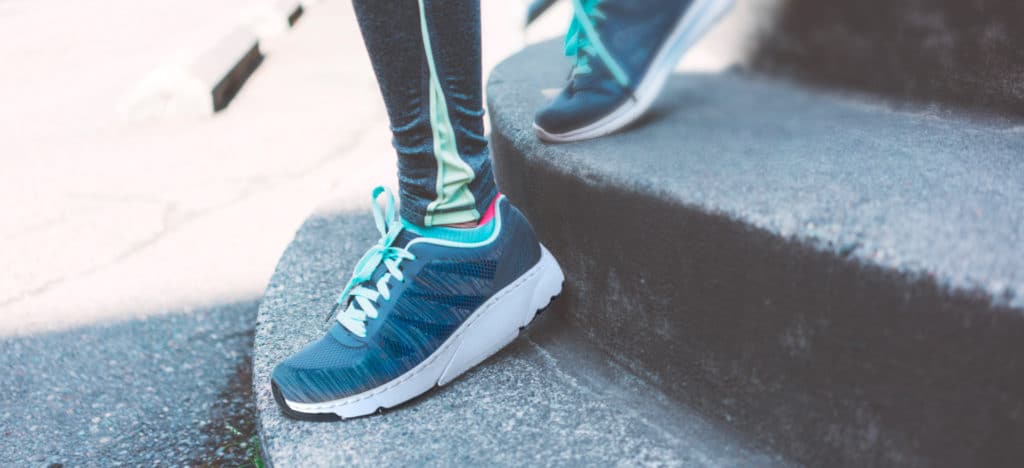Discover our patented, award-winning solution

Reduce the risk of falls and regain independence...
Our solution makes it possible!
I’ll buy the Axis Balance Shoes again!!
I am 88 years old and I noticed that my walk had become somewhat unstable, and I had to hold onto my daughter’s arm when we went out. The shoes are comfortable, and the design of the outsole gives me a much more stable walking. I highly recommend them to anyone who needs help walking!
Elizabeth N.
Retired
Innovation
Our Axis Balance Shoe patented innovation is a world first.
Solution
Our innovation targets the risk of falls and loss of independence.
Human
Our priority is to put people at the heart of innovation.
Committed to quality and your health
Our Axis Balance Shoes outsole has been designed and developed to address a public health issue: the risk of falls, which affects a large portion of the population.
Patented
The innovation of the Axis Balance Shoes outsole has been patented.
Supported by a clinical study
The Axis Balance Shoes outsole has been tested with validated effectiveness.
Social Security Reimbursement
Depending on the country, Axis Balance Shoes may be partially reimbursed by social security.
Distributed around the world
This innovation is already distributed in a number of countries and available in France in many pharmacies and medical equipment shops under the brand name OTONOM (Gibaud).

Our shoes

Many shoe models featuring the Axis Balance Shoes outsole are already available.
Sporty, casual, elegant… dozens of models already available and an infinite number of possibilities to meet your expectations.






